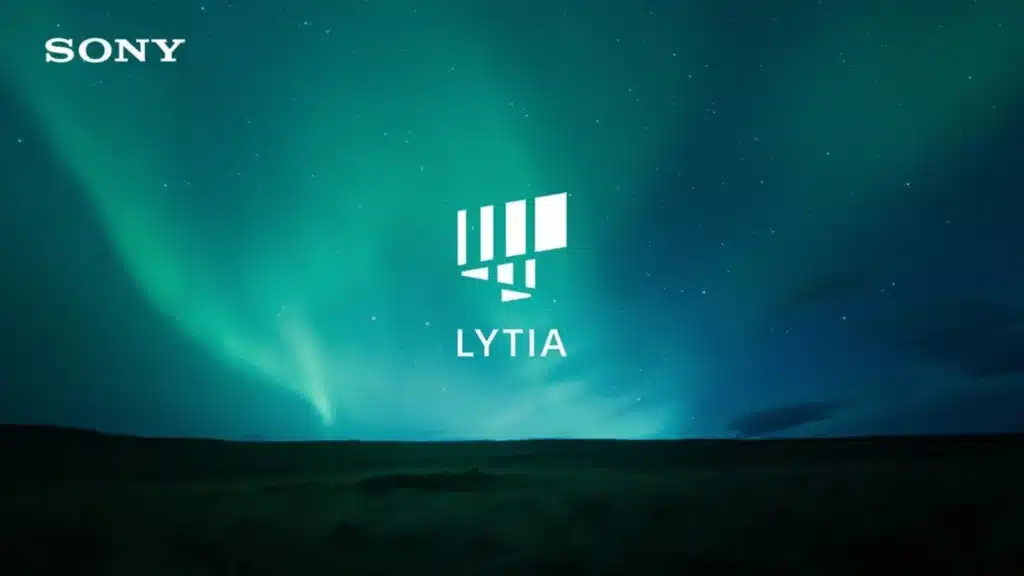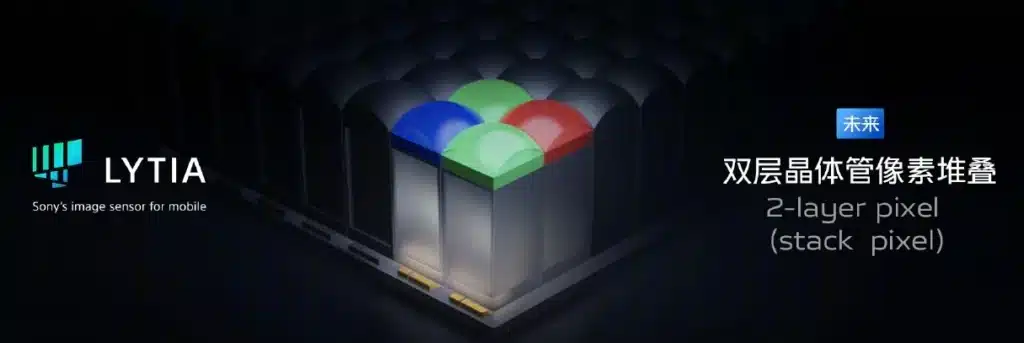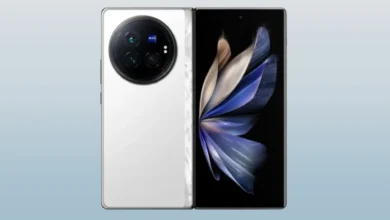
Vivo X100: World’s first smartphone with SONY LYTIA sensor
SONY’s IMX image sensors are the most popular and advanced image sensor in the smartphone industry. Every phones from mid-budget to flagships are mostly using IMX sensors. SONY IMX sensor offers high-end imaging hardware that gives impressive images when added a little bit of software processing. Samsung Sensors are also widely used in Smartphones in every price range. Samsung’s latest 200MP ISOCELL HP2 and HP3 are the largest image sensor in terms of MegaPixel count.
But Sony seems to be sticking with standard resolution and keep improving Sensor Size and Pixel performance. SONY is the only brand that offers 1-inch sensor for smartphones. Xiaomi 12S ultra and the latest Xiaomi 13 Ultra uses the 50MP IMX989 1-inch sensor. Some other manufacturer are currently offering 1-inch sensor in their latest smartphone. SONY Xperia Pro-II allegedly offers dual 1-inch sensor.

What’s the SONY LYTIA sensors and where it came from? Few days ago, SONY officially unveiled their new sub-brand LYTIA, a brand that will manufacture image sensors for smartphones. They announced 5 different image sensors for different special use cases. We were badly waiting to see an announcement of a new phone that will use one of those new LYTIA sensors. Now the day finally appeared.
Today, VIVO officially announced their upcoming flagship VIVO X100, the successor of VIVO X90 series. From the announcement, we have got a lot of information about the phone. But the most impressive news was related to the camera hardware. VIVO officially confirmed that they are working together with SONY to use the customized verison new LYTIA LYT800 image sensor. This makes VIVO X100 to be world’s first smartphone with SONY LYTIA image sensor.

LYT800 is one of the premium image sensor that will rival the first 1” type sensor. The advertised sensor size of the LYT800 is 1/1.43 with 53 effective megapixel image sensor.The LYT800 is built with 2-layer stacked photodiode transistor structure to get excellent image quality in low light environments.

VIVO is also using Zeiss coated lenses in VIVO X100 series smartphones. This coating helps remove internal reflection of lenses that will greatly reduce lens flare when capturing against bright light source. Vivo also introduced their new V3 chip which is now more efficient thanks to the 6nm fabrication. These special chips helps to greatly improve the image quality in low light conditions.
Muhammad Menhajul Islam (also known as ‘Minhaz’) is a B.Sc student studying Mathematics in Govt. B.M. Collage, Barishal, Bangladesh. He has been a Android die-hard fan since 2015.




